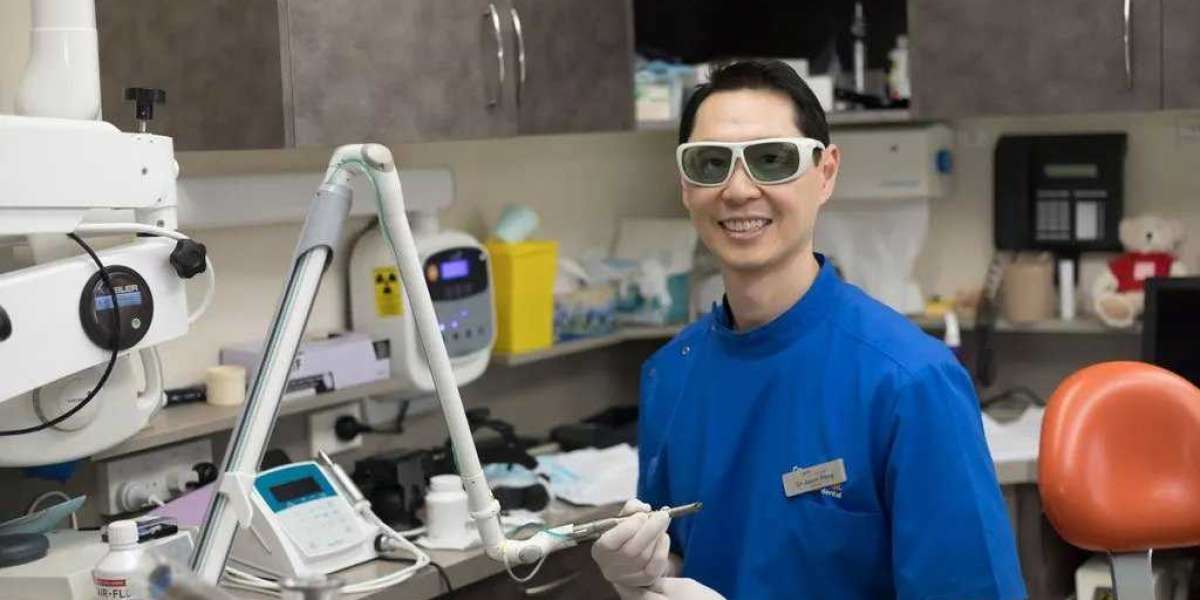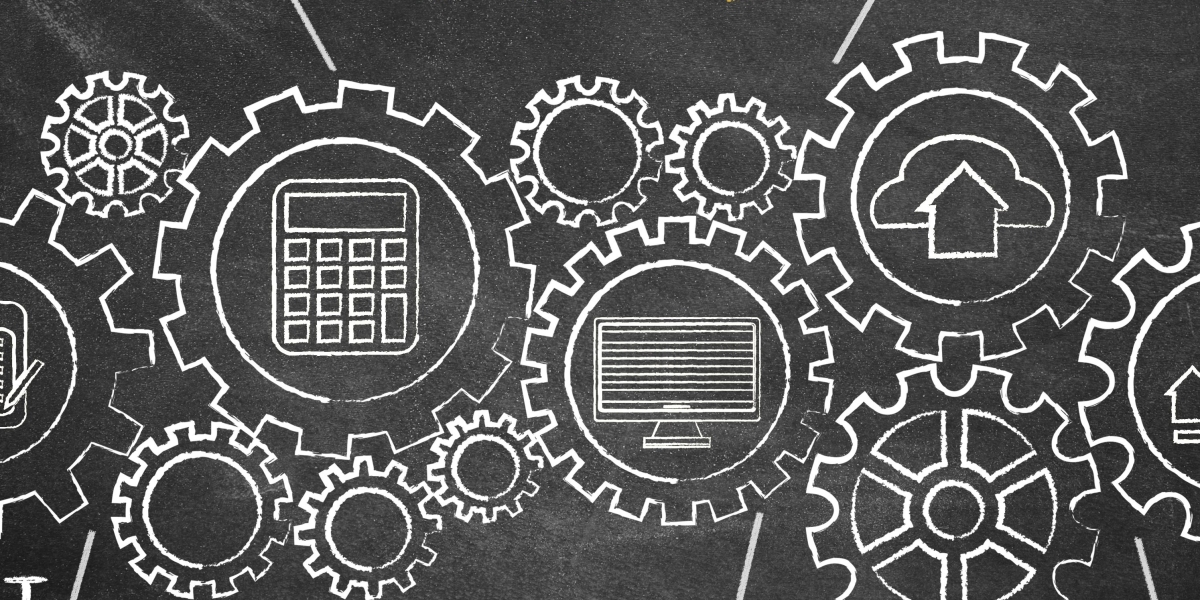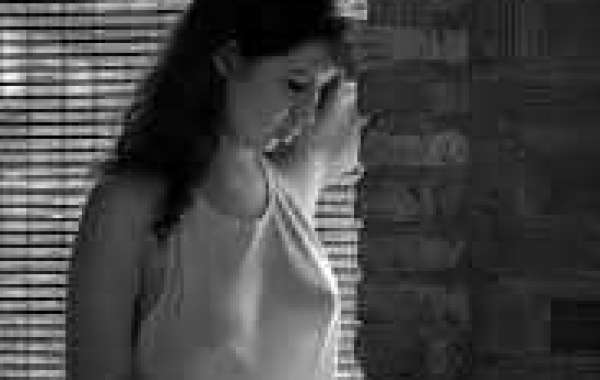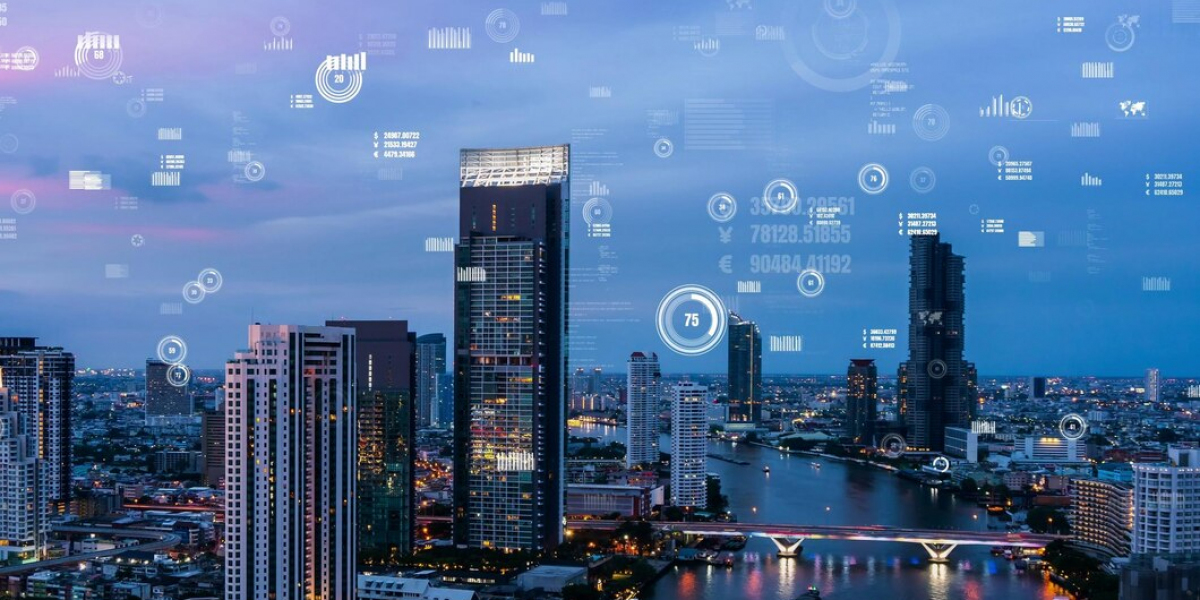The rate of advancement in laser technology is astounding. Lasers are now being used for photobiomodulation in more recent applications. Lasers are utilised in this instance to hasten the healing process after surgery and to lessen pain and inflammation. The treatment of the microbiota with lasers is a further potential topic. The total systemic health of patients can benefit from this kind of laser therapy.
Lasers and dentistry work hand in hand, according to Dr. Jason Pang. His office is named Cosmic Smile Laser Dental, and it is situated in the Neutral Bay neighbourhood of Sydney. His prefered instrument is a Fotona Er:YAG and Nd:YAG laser called the LightWalker ATS.
With the use of the LightWalker, he is able to do single-visit root canal treatment and a variety of restorative dental procedures with little to no anaesthesia. Even the treatment of snoring is possible.
Being two lasers in one, according to Dr. Pang, makes it twice as effective. "The Erbium offers cold cutting and shallow cutting for teeth. The Nd:YAG is made to pierce tissue more deeply and target coloured chromophores like melanin and haemoglobin. It coagulates and slices well.
Getting the Hang of It
Dr. Pang travelled to Ljubljana in 2016 to enrol in a master's programme in laser dentistry at the Laser and Health Academy because the Fotona tool is located in Slovenia. He finished the programme in the first group of students.
According to Dr. Pang, The LightWalker is special in that the pulse's length may be changed. "A brief pulse enables extremely cold cutting that won't activate the tooth's nerve. Longer pulses increase coagulation and heat distribution to soft tissue. It is amazing to have such a broad variety of cutting possibilities, which may be used for numerous surgeries.
Dr. Pang continued his education in 2019 by earning a master's degree in laser dentistry at the Catholic University of the Sacred Heart in Rome. He went back to Rome in June 2022 to conduct the course. In his clinic, Dr. Pang also offers a LightWalker training course for beginners.
According to him, "I have local and foreign dentists and physicians come to take the course."
In addition, he instructs two courses for the Canberra master's programme at the Laser and Health Academy. The course may be accessed online, and it contains a session on photobiomodulation that focuses on snoring therapy. The other part is a practical introduction to everything laser, he continues.
Initial Adopter
Laser dentistry was still in its early stages when Dr. Pang earned his degree from the University of Sydney in 2002. He briefly assisted his father, Dr. Henry Pang, a dentist, before buying his own business in 2007. In order to increase the practice's revenue and ultimately sell it to a corporation, the original owner had joined a nearby practise.
One chair and the existing fit-out were all Dr. Pang needed to launch his company. He digitised the business, installed a few more seats, and started the process of increasing the clientele.
We are situated on the second story of a business building with little passing foot traffic, so it was particularly sluggish, he recalls. "I had to promote my practise vigorously. I ran advertisements in local businesses and in publications. I would post advertisements on the TV screens in the waiting rooms of the local doctors' offices and hair salons. I gained a lot of knowledge when I joined the Exceptional Practitioners Group, which offered information on the administrative rather than the clinical side of dentistry. I steadily increased my clientele.
The first laser that Dr. Pang bought wasn't until 2009. He was originally fairly unimpressed by this gadget, which would later become a crucial component of his dentistry. The advertising made grand claims like closed-flap crown lengthening, simple tooth preparation, painless soft tissue cutting, little sensitivity, and no anaesthesia, but the truth was considerably different.
It was alright for the year I used it, but it was incredibly underpowered, he claims. "I tried everything to avoid using anaesthetics on my patients, but I still had to. For cutting soft tissue, it worked well, but cutting bone only worked about averagely. I used it with little fillings, but it just wasn't able to accomplish what I needed it to. The issue was that the new technology fell short of expectations.
All of that changed in 2015 when he acquired the powerful LightWalker laser. As a result of this paradigm shift, Dr. Pang changed the name of his business to Cosmic Smile Laser Dental.
Modern Technology
The most versatile tool in the dentist's toolbox nowadays is a laser thanks to advancements in technology. Drills continue to play a crucial part in the speedy and effective preparation of teeth. A drill and bur are still needed for reshaping and for correcting the occlusion even if a filling is entirely completed with a laser. The additional treatments the laser is capable of doing are its greatest power.
Crown lengthening, gummy grins, implant uncovering, tongue knots, mucoceles, fibromas, hemangiomas, gingival pigmentation, pulp capping, and other conditions can all be treated with a laser, according to Dr. Pang. It's great for individuals who are afraid of needles since it enables you to treat them without anaesthesia. Without causing any damage, I can pop off veneers and remove crowns. When many crowns need to be removed, prosthodontists give me the cases because I can do them faster.
Increasing Applicability
Photobiomodulation is one area where Dr. Pang has had extremely encouraging outcomes. Trigeminal neuralgia, cold sores, burning mouth syndrome, and extended root canals are just a few of the varied ailments it can be utilised to treat.
According to Dr. Pang, dentists utilise photobiomodulation around the mouth and on the head, but physicians may use it to any part of the body. It is the recommended course of action for treating oral mucositis, a severe side effect of radiation and chemotherapy. Herpes simplex, shingles, facial palsies, and viruses that impact the nervous system respond quite well to it. It's a remarkable piece of technology that uses the body's natural capacity for healing.
Snoring therapy is an unexpected area where Dr. Pang has found success with a laser. He has also noticed some improvements in sleep apnoea, however it is yet unknown if it can help.
I use a laser to provide heat to the back of the neck, the man claims. "Collagen development is a long-term benefit, but there is also some tissue tightness and shrinking.
An Essential Device
Future plans for Dr. Pang include delivering more training sessions on laser use and looking into the potential benefits of laser treatment for preventative operations. Laser therapy for the microbiota has enormous promise.
"We know the microbiome is linked with cardiovascular disease, diabetes, pregnancy, and has a significant association with rheumatoid arthritis, Alzheimer's, Parkinson's, depression, and a number of chronic inflammatory disorders," the author explains. The physical advantages of this kind of therapy are fascinating.
From a strictly dental standpoint, lasers can be utilised to speed up some operations and lessen the need for anaesthesia. Any dentist thinking about incorporating a laser into their practise is welcome to enrol in Dr. Pang's one-day workshop, which covers all available soft tissue and hard tissue alternatives. With this cutting-edge technology, there is more to be discovered, such as doing frenectomies very painlessly in one visit.
According to Dr. Pang, "I explain why this tool is so useful during my course, and how to apply it in a number of circumstances." "I teach dental surgeons, paediatric dentists, and endodontists. The general dentist, however, benefits the most from it because of the variety of operations they perform every day.









